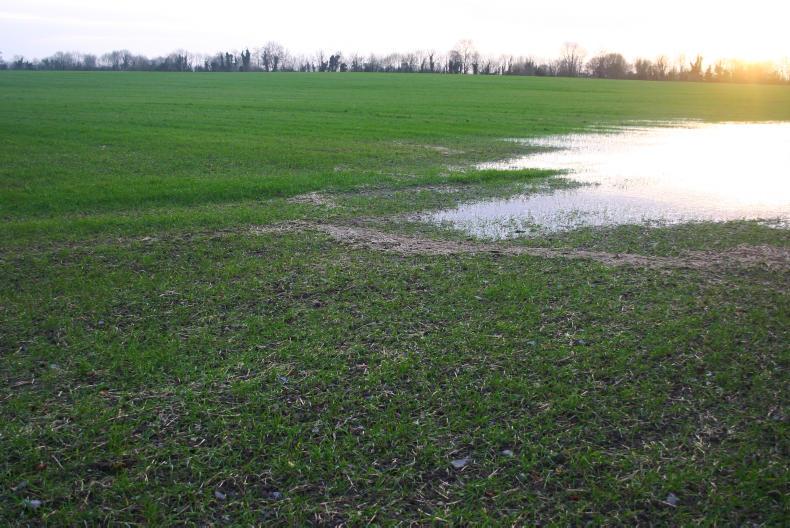Rainfall amounts and temperature have been very variable over the past week. Heavy rain that swept through the country from the southwest to the northeast midweek ended all prospects of further planting and will have stopped all fieldwork for the time being.
But higher soil and air temperatures are helping to give speedy emergence in recently planted crops and visible growth in emerged crops. The unseasonal growth is causing crops to go yellow on land that is carrying excess water. High temperatures also continue the risk of BYDV infection.
It is probable that the later planting will significantly decrease the pressure from time-sensitive grass weeds like bromes and blackgrass, so keep an eye on what’s actually emerging before you commit to additional herbicide spend on such crops. The benefit of early pre-emerge herbicides can already be seen in fields where small patches were missed with the spray.
Planting
Heavy rain this week, marginal soil conditions even before that rain and the fact that we are pushing into December suggests that the best thing to do with any remaining seed is to leave it in the shed. It seems inevitable that soil temperatures will drop shortly, which could significantly delay establishment and increase the length of time that crows can cause serious harm.
It can cost a lot more to establish a crop now due to higher seed rates and the need for crow and slug control. And you could still end up with a patchy crop, which you can’t afford.
Read more
Tillage management: emerging crops and EFAs
Rainfall amounts and temperature have been very variable over the past week. Heavy rain that swept through the country from the southwest to the northeast midweek ended all prospects of further planting and will have stopped all fieldwork for the time being.
But higher soil and air temperatures are helping to give speedy emergence in recently planted crops and visible growth in emerged crops. The unseasonal growth is causing crops to go yellow on land that is carrying excess water. High temperatures also continue the risk of BYDV infection.
It is probable that the later planting will significantly decrease the pressure from time-sensitive grass weeds like bromes and blackgrass, so keep an eye on what’s actually emerging before you commit to additional herbicide spend on such crops. The benefit of early pre-emerge herbicides can already be seen in fields where small patches were missed with the spray.
Planting
Heavy rain this week, marginal soil conditions even before that rain and the fact that we are pushing into December suggests that the best thing to do with any remaining seed is to leave it in the shed. It seems inevitable that soil temperatures will drop shortly, which could significantly delay establishment and increase the length of time that crows can cause serious harm.
It can cost a lot more to establish a crop now due to higher seed rates and the need for crow and slug control. And you could still end up with a patchy crop, which you can’t afford.
Read more
Tillage management: emerging crops and EFAs






 This is a subscriber-only article
This is a subscriber-only article










SHARING OPTIONS: